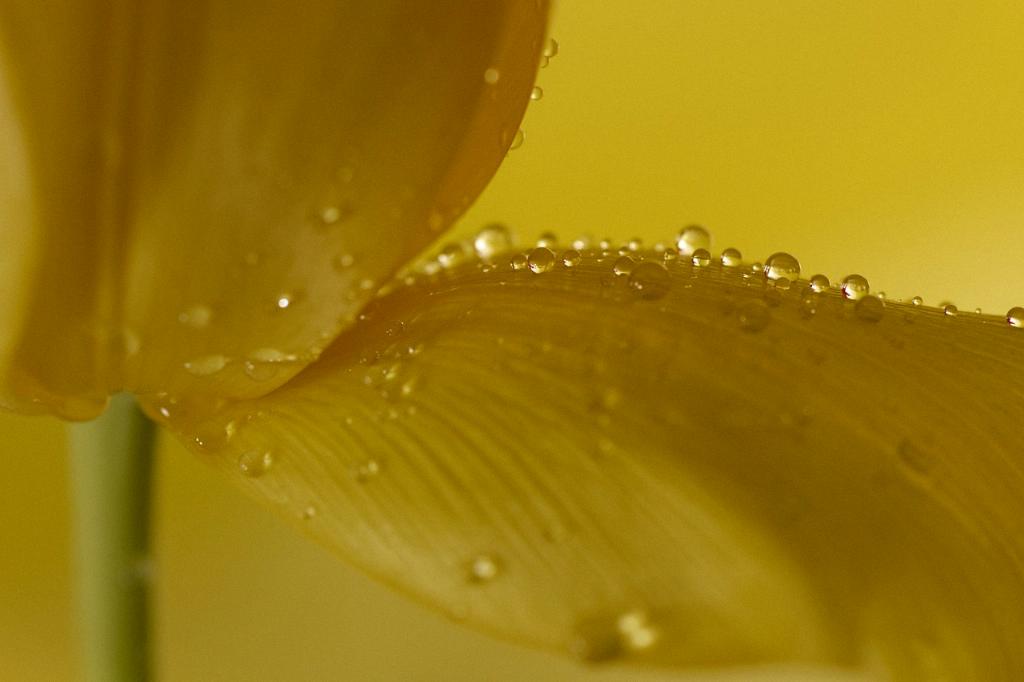When it comes to tulips, most people immediately think of them as decorative flowers brightening up gardens, bouquets, and landscapes. However, tulips have a surprising history of culinary and medicinal uses that goes beyond their ornamental value.
Firstly, tulips are part of the lily family, a fact that may not be widely known. This family includes other familiar plants such as onions, garlic, and asparagus. This botanical connection hints at the versatility of tulips beyond their appearance.
One of the most intriguing aspects of tulips is that their petals are edible. Yes, you read that right – you can actually eat tulip petals! In various culinary traditions, tulip petals have been used in dishes as a unique and colorful ingredient.
Historically, tulip petals were utilized as a substitute for onions in cooking. Their delicate flavor and vibrant color added a touch of elegance to dishes, particularly in regions where onions were scarce or expensive.
Furthermore, tulip petals were once used to make floral wines. The petals were infused in alcohol to create fragrant and subtly flavored beverages that delighted the senses. This imaginative use of tulips showcases their versatility in the realm of food and drink.
During a particularly challenging period in history, tulips took on a crucial role in sustenance. In the midst of the Dutch famine during World War II, tulip bulbs were consumed as a source of food. The bulbs provided vital nutrition during a time of scarcity.
Aside from their culinary applications, tulips have also been used in traditional medicine. In various cultures, tulip extracts were believed to have medicinal properties. From treating fevers to soothing skin irritations, tulips were valued for their potential healing effects.
Interestingly, tulips were also used in perfumery. The delicate scent of tulips was captured in fragrances, adding a floral note to various perfumes and scented products. The essence of tulips contributed to the intricate blends of perfumers.
Moreover, tulips have symbolic significance in different cultures. In addition to representing love and beauty, tulips have been associated with prosperity, rebirth, and spiritual purity. The cultural meanings attached to tulips reflect their multifaceted nature.
Whether as a decorative flower adorning gardens or as a versatile ingredient in culinary creations, tulips continue to fascinate and inspire. Their rich history of use in various realms highlights the enduring appeal and adaptability of these vibrant blooms.
In conclusion, tulips are not just beautiful flowers – they are also culinary delights, medicinal aids, perfume ingredients, and symbols of cultural significance. Their diverse uses throughout history showcase the remarkable versatility and charm of tulips.

